I also like to play around in the kitchen and see what equipment will work for making chocolate at home. Lately, I've been using my Ninja blender. This produces a good-sized batch of chocolate with a distinct light grittiness, much like the stone-ground chocolate made by Taza or Toronto's ChocoSol Traders. The chocolate is also bold and sometimes acidic, because it lacks that nice long conche that a smooth chocolate bar has. But this crunchy acidic taste can easily become a regular craving.
 When friends recently handed me some Costa Rican cocoa beans, purchased while traveling to the country, I thought, 'oh good, now it's time to learn, taste and compare some homemade chocolate made from different origins.'
When friends recently handed me some Costa Rican cocoa beans, purchased while traveling to the country, I thought, 'oh good, now it's time to learn, taste and compare some homemade chocolate made from different origins.'  So I roasted the Costa Rican beans (I gave it a fairly dark roast at 325F for 20 minutes, stirring occasionally) and then I also dark-roasted some raw Peruvian nibs sold under the Nativa brand. From the taste of the beans, I could tell that the Costa Rican chocolate would be less acidic, as they clearly had more cocoa fat in the beans. The extra cocoa butter could be both tasted and seen in the rippling on the outside of each bean before being broken into nibs.
So I roasted the Costa Rican beans (I gave it a fairly dark roast at 325F for 20 minutes, stirring occasionally) and then I also dark-roasted some raw Peruvian nibs sold under the Nativa brand. From the taste of the beans, I could tell that the Costa Rican chocolate would be less acidic, as they clearly had more cocoa fat in the beans. The extra cocoa butter could be both tasted and seen in the rippling on the outside of each bean before being broken into nibs. Since I had only 6 ounces of Costa Rican nibs (what's left after the shells were removed and the beans broken) and 3 ounces of Peruvian nibs, I had to spend a little time calculating to get the same percentage of cocoa solids in my final chocolate. So for an 82.3% dark chocolate, I used these amounts:
Peruvian Dark Chocolate:
3 oz Peruvian nibs
0.692 oz organic raw cane sugar
0.3076 cocoa butter, melted
Costa Rican Dark Chocolate:
4.875 oz of nibs (I admit it, I ate a lot of the beans, these ones were delicious)
1.125 oz organic raw cane sugar
0.5 oz cocoa butter, melted

 When you add the cocoa butter to the cocoa nibs, you get the total amount of cocoa solids. Then add up all the ingredients, and divide the cocoa solids by that total to get the percentage of cacao.
When you add the cocoa butter to the cocoa nibs, you get the total amount of cocoa solids. Then add up all the ingredients, and divide the cocoa solids by that total to get the percentage of cacao.What I learned this time with the Ninja, was that for a small amount of chocolate I had to use the smoothie attachment, because the Ninja has a 6-blade system that runs from bottom to top, so the blender would need to be at least half-way full to do a good grind.
The smooth attachment worked well for a smaller amount of chocolate. But it worked best for the slightly larger Costa Rican batch, making smoother chocolate. There just wasn't enough Peruvian to make the blades work the way they were supposed to and I had to stop it to stir often. In future, I would double the recipe to make this work better.
Once the chocolate was blended, I then tempered it and poured it into the nifty molds that I purchased from Chocolat-Chocolat last year. With an immense amount of shaking and banging the mold on the counter, I got out most of the air bubbles.
Once the chocolate chilled a little, I extracted some very beautiful chocolate bars. The Peruvian was very light in colour, reddish and milk chocolaty in appearance. The Costa Rican chocolate was very dark - nearly black. And as suspected based on the bean flavour, it was less acidic and better tasting than the Peruvian.
For both, there is an upfront heavy roast flavour. The Peruvian was acidic but lightly fruity. I am aware that these should be aged for a month or so before molding, but really there isn't enough to wait (I guess I will save a little for aging to taste the difference in a month).
Either way, I am enjoying my homemade chocolate. And I am proud of how it turned out. Each batch is better than the last, and I am now able to taste the differences in beans, and know how a chocolate might fair once ground up (I also know how good it might be if I invested in a melangeur)!
And this time, I might just have to share with those lovely friends who gave me the beans.
***
This post was not endorsed in any way by any company, but if you would like to learn more about the Ninja blender, click here to find out where I bought mine.







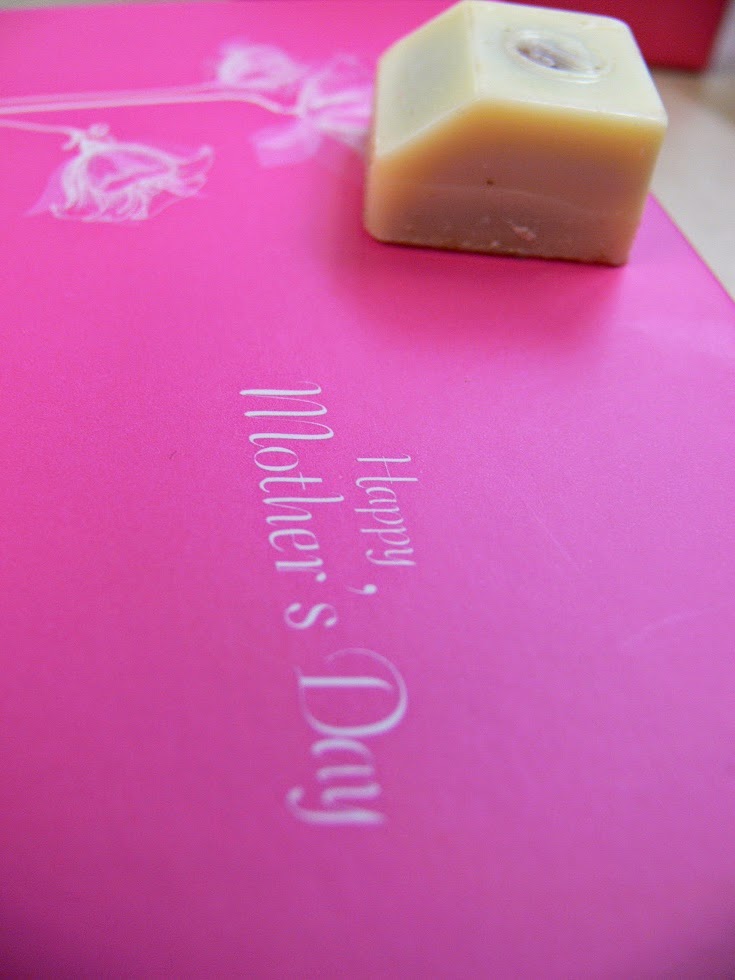
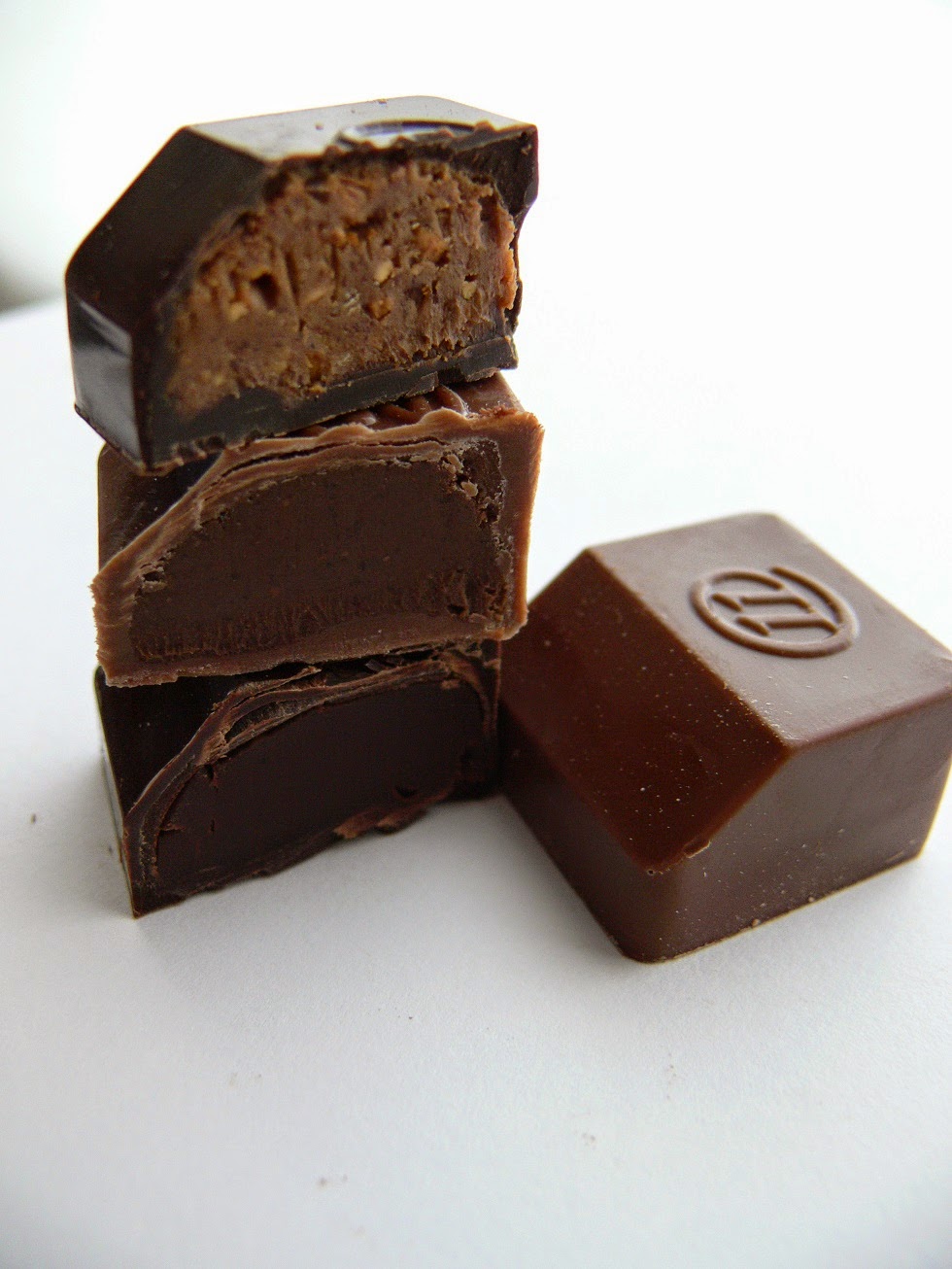

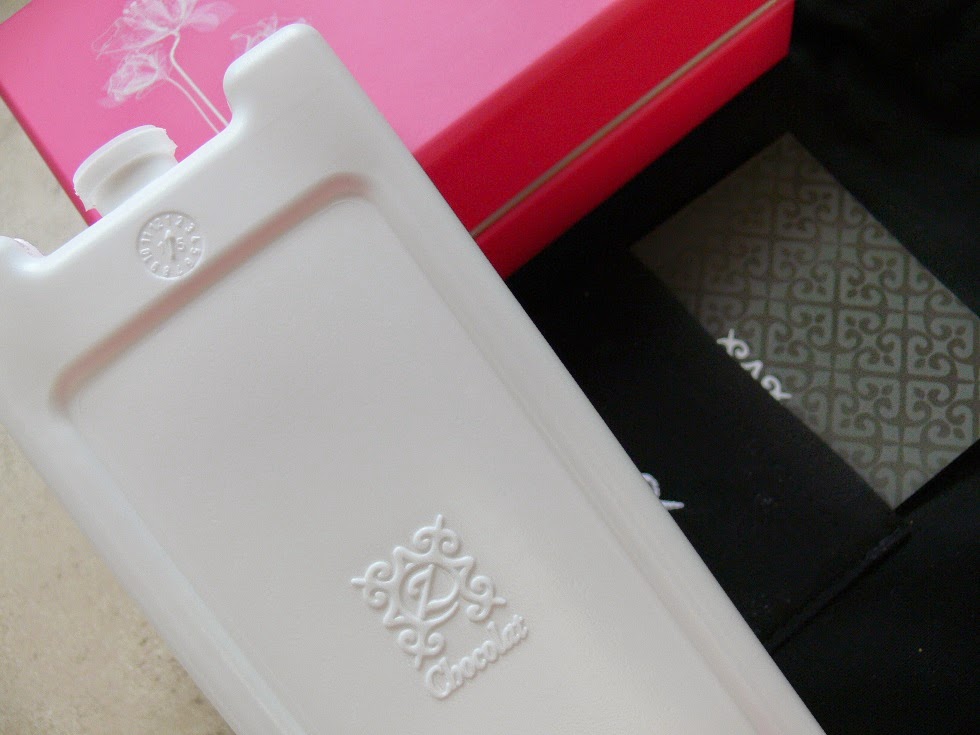
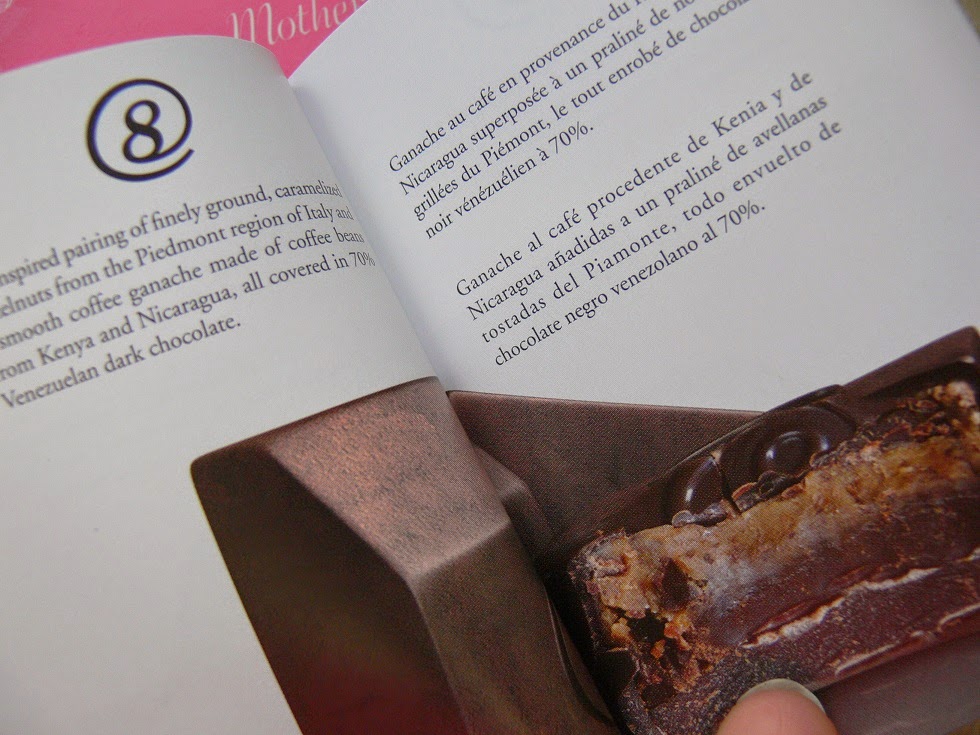

.jpg)
















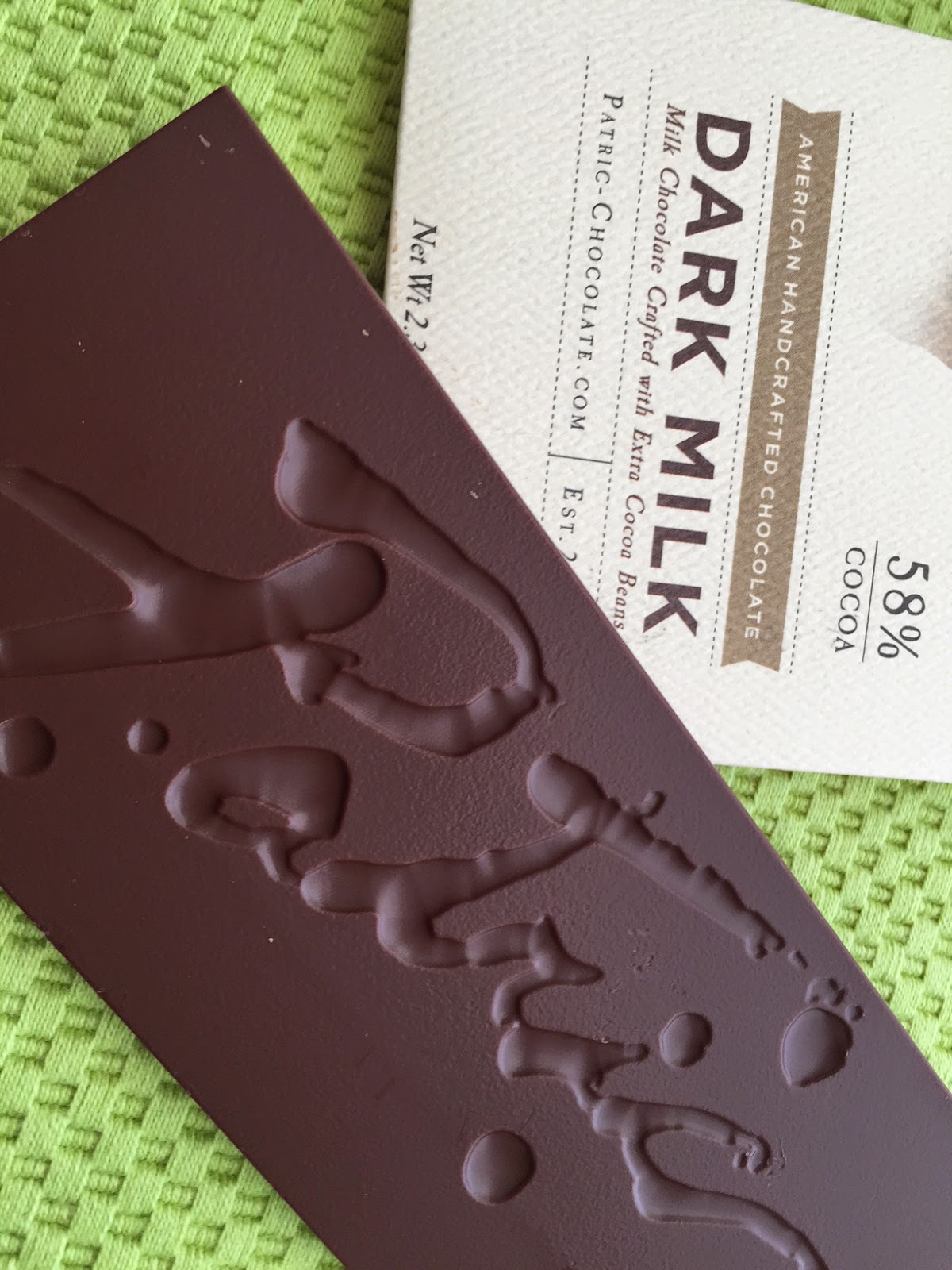
.jpg)

